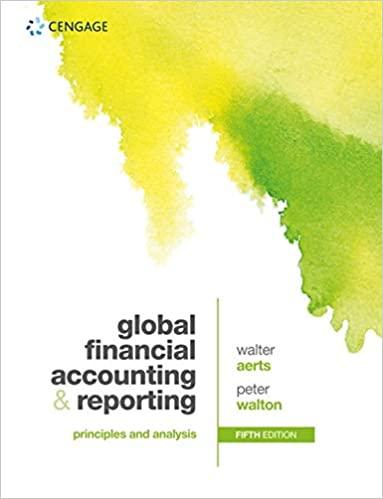the answere plz
you can only choose from these procdeure
1 analytical
2tracing
3vouching
4inspecting
5counting
6observing
7 inquiring
8confirming
9 reperforming
10 computer assisted audit techniques
"and the substantive types are "also you only can answer from them
1 analytical procedure
2 tests of detail transaction
3 test of details of balances
here are explain for each procedure




Question 2: (C1\&C2\&C3) (12 Marks) Read the following statements carefully: 1- Confirm customers' balances. 2- Compare inventory turnover of the company with industry data. 3- Recalculate the allowance of Accounts receivables. 4- Vouch sales journal entries to sales invoices. 5- Inspect Bank statement in the client's file. 6- Trace sales invoices to account receivable ledger. 7- Ask payroll department to make report about the calculating criteria of the over time. 8- Inspect the disclosure of inventories in the financial statements. 9- Ask management about inventories the client has legal title on it. 10-Observe that Inventory quantities inclde all products, materials, and supplies on hand. Instructions: I-Indicate the type of Procedure for each statement. 2-Indicate Type of Substantive Test for each statement. Inspecting documents provides a means for evaluating doeumentary evitenee and detect the exintence of iterms, innpeetires. alno provides a meins for evaluating phymeat evidenee. 3) Confirming: Comfirming is a Form of inquiry that enables. the auditor 10% obtain information directly from an independent source oufsite the elient organization. [This auditing procedure producesconfirmation evidence. It is used extensively in auditing. Inquiring involves eitheronal or writtentinquiry by the auditor. Such inquiries may be made internally to management or employees, or externally as in inquiries to lawyers. Inquiry produces either oral evidence or evidence in the form of written representations. 5) Counting sosk Phosical evicence The two most common applications of counting are (1) the physical counting pf tangible resources such as the amount of cash, or inventory on hand, and (2) accounting for all prenumbered documentsy The first provides a means for evaluating the physical, evidence of the quantity on handy The second may be viewed as 7 providing a means for evaluating documentary evidence of the completeness of accounting records. 6) Tracing: In tracing, the auditor (1) selects documents created when transactions are executed and (2) determines that information from the documents is properly recorded in the accounting records (journals and ledgers), it is especially useful for detecting understatements in the accounting records. Thus, it is an important 1) Analytical procedures; Analytical procedures consists of the study and comparison of relationships among data. These procedures include the calculation and use of simple ratios, vertical analysis or common size statements, comparisons of actual amounts with historical data or oudget expectations, and the use of mathematical and statistical odels such as regression analysis. Analytical procedures produce 7) Vouehing ? wuching involves (1) selecting entries in the accounting records and (2) obtaining and inspecting the documentation that served as the basis for the entries to determine the validity and accuracy of the recorded transactions. In vouching, the direction of testing is opposite to that used in tracing. Vouching is uscd extensively to detect overstatements in the accounting records. Thus. it is an important procedure in obtaining evidence pertaining to observing pertains to watching or witnessing the performance The subject matter of observing is personnel, procedures, and processes. From these observations, the auditor obtains direct personal knowledge of the activities in the form of physicaly evidence: 9- Reperforming A major application of this procedure calculations and reconciliations made by the client, Ex: depreciation expense. Mathematical evidence is produced by this procedure. 10- Computer-Assisted Audit Techniques : avirence When the client's accounting records are maintained on electronic media, the auditor may use computer-assisted audit techniques to assist in performing several of the procedures. For example, the auditor can use computer audit software to perform the calculations and comparisonsysed in analytical procedures











